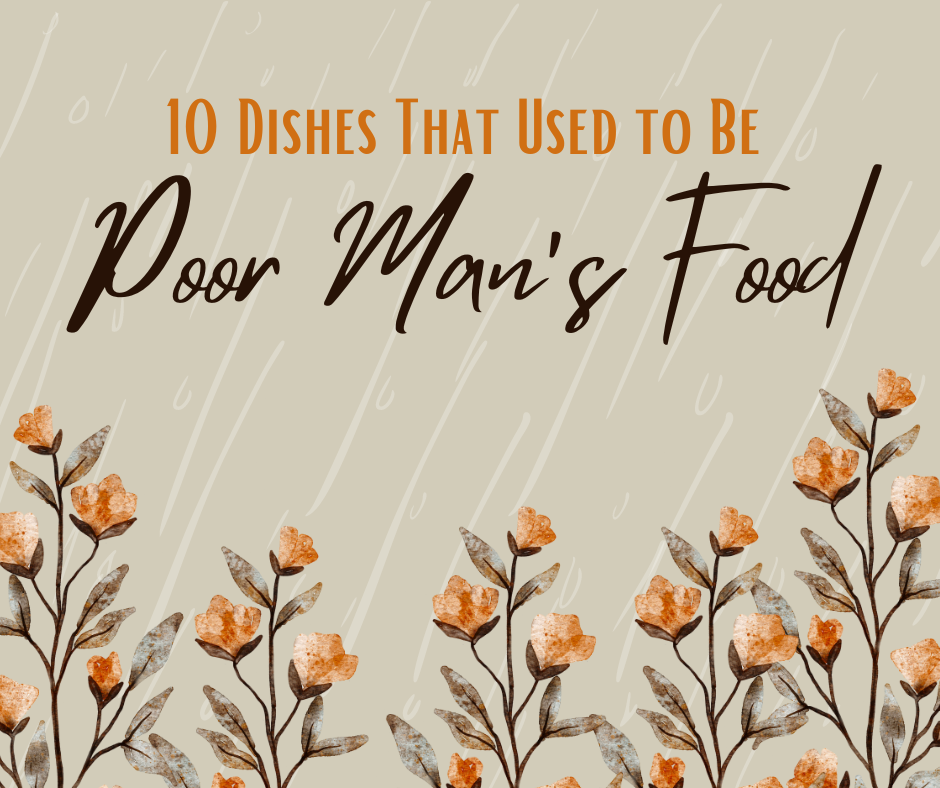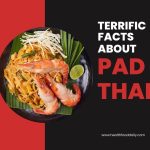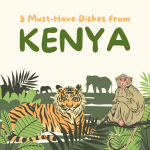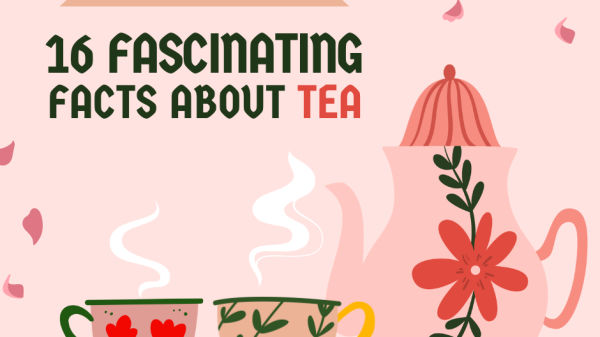

One of the ways people distinguish between social classes is by food. It was true back then, it’s true today, and it’ll be true in the future! For example, it’s hard not to think someone is well-off if they have eggs benedict for breakfast, omakase for lunch, and steak au poivre for dinner.
But did you know some luxury foods right now were once considered poor man’s food back then? Crazy how time changes, huh? Today, we’ll be looking at some of these poor man’s food—you’ll be surprised at some of them, for sure!
1. Spaghetti Carbonara
A staple across many Italian restaurants all over the world, spaghetti carbonara had actually been eaten by Italian miners in the 19th century. Made only with a few, simple ingredients—spaghetti, eggs, salted meats (e.g., guanciale, pancetta), and parmesan cheese—spaghetti carbonara is ridiculously easy and quick to make. This was the perfect meal to whip up after a long day’s work of gathering charcoal.
It’s versatile, too. You can use it with just about any pasta shape!
2. Sushi
Sushi certainly has come a long way from its very humble beginnings. It all started centuries ago during Japan’s Iron Age when food was very scarce. To preserve the fish they caught, the fisherman back then used to salt their fish and lay them on fermented rice. They would eat the fish and discard the rice. Then, during the 14th century, people started eating the rice with the fish, and eventually, it developed into what it is today. It’s unbelievable how fast it evolved from poor man’s food to a healthy luxury item at Japanese restaurants!
3. Escargot
The thought of eating snails might sound a little gross to you, but in France where the dish originated from, they’re considered a luxury food item. They take a lot of time and effort to harvest and clean properly, so be prepared to shell out (ha!) some good money for them!
They are often cooked in a simple combination of butter, garlic, and parsley. Escargot also comes in a very cute platter with several snail-shaped cavities in them to display them in all their glory!
4. Lobster
Lobsters were once widely (and rudely) known as “cockroaches of the sea”. Indeed, can you believe that lobsters were force-fed to prisoners and slaves even? The reason for the distaste was that lobsters used to be very common. They could be easily found on any beachfront, and poor people used to eat them a lot when they needed a good source of protein.
Then, people who didn’t live near the coast discovered their tastiness. Companies decided to can lobsters, mainlanders decided to travel to the coast and eat lobsters, and the rest is history. Now, lobsters are the stars of the show at any seafood banquet.
5. Oysters
Eye-healthy oysters suffered a similar plight to the lobsters. They, too, were so commonly found near beaches that rich people scoffed at them. Poor people, on the other hand, often scooped a load of these helpful bivalves to eat when they needed some protein in their system.
Then, the industrialization period came along. With that came pollution, which oysters are notoriously vulnerable to. The population dwindled, thus increasing prices. Oysters had also been discovered to be aphrodisiacs at one point, making them popular food for dates and romantic getaways. This, too, increased price.
Eventually, oysters stopped being so accessible.
6. Quinoa
Back in the day, Peruvians used to eat a ton of quinoa when they needed a good source of energy and carbohydrates. It was incredibly cheap and accessible, and the wealthy refused to eat it because of its stigma as poor man’s food. However, since discovering its numerous health benefits, the rest of the world has been scrambling to get more of quinoa. In fact, quinoa is one of Peru’s most lucrative exports!
7. Caviar
Did you know that caviar used to be bar food? Russian bartenders often had endless supplies of them, so they used to serve them with sandwiches their patrons ordered. Since caviar was salty, it made them thirsty, encouraging them to buy more drinks.
Additionally, rich people were the only ones who could afford to buy the meatiest parts of the fish. All the poor could afford were eggs, which was why rich people thought caviar was beneath them.
Well, the joke’s on them now, isn’t it?
8. Brisket and Burnt Ends
When people think of the best steaks and barbecues, people oftentimes think of the thickest and most luxurious cuts of meat like ribeye, tenderloin, or strip loin. Briskets were often ignored back then because it was the part of the cow that got the most exercise. It was super tough and rubbery until people figured out how to cook it properly.
Burnt ends, on the other hand, were discarded parts of the barbecue that were burnt, misshapen, and dry. Cooks used to give them out for free, not realizing that they carried as much flavor in them! Not only that, but they have this amazing crunch that elevates the flavor of the beef.
We’re glad we’ve seen the light about brisket and burnt ends since then! This poor man’s food is now a must-have at every American barbecue.
9. Congee
This simple yet super comforting poor man’s food can be found in many countries across Asia. That’s because it is extremely versatile—you can add in whatever is readily accessible in your country and for your wallet. For example, some people like eating it with plain salt and pepper, others like to add chicken and ginger, while others even like to add raw chocolate and sugar!
For many Asians, congee symbolizes home, overcoming hardships, and more.
10. Soul Food
Last but not least is soul food. This is a combination of food that more or less includes fried chicken, collard greens, mashed potatoes, macaroni and cheese, black-eyed peas, cornbread, fried okra, hushpuppies, and sweet potato pie.
They were created by African-Americans during the dark days of slavery, particularly in the deep south of the United States. They took ingredients that were discarded nonchalantly towards them and turned them into something amazing. In fact, soul food is one of the pinnacles of American culture! It’s poor man’s food that is now a source of comfort and security for millions of Americans.


